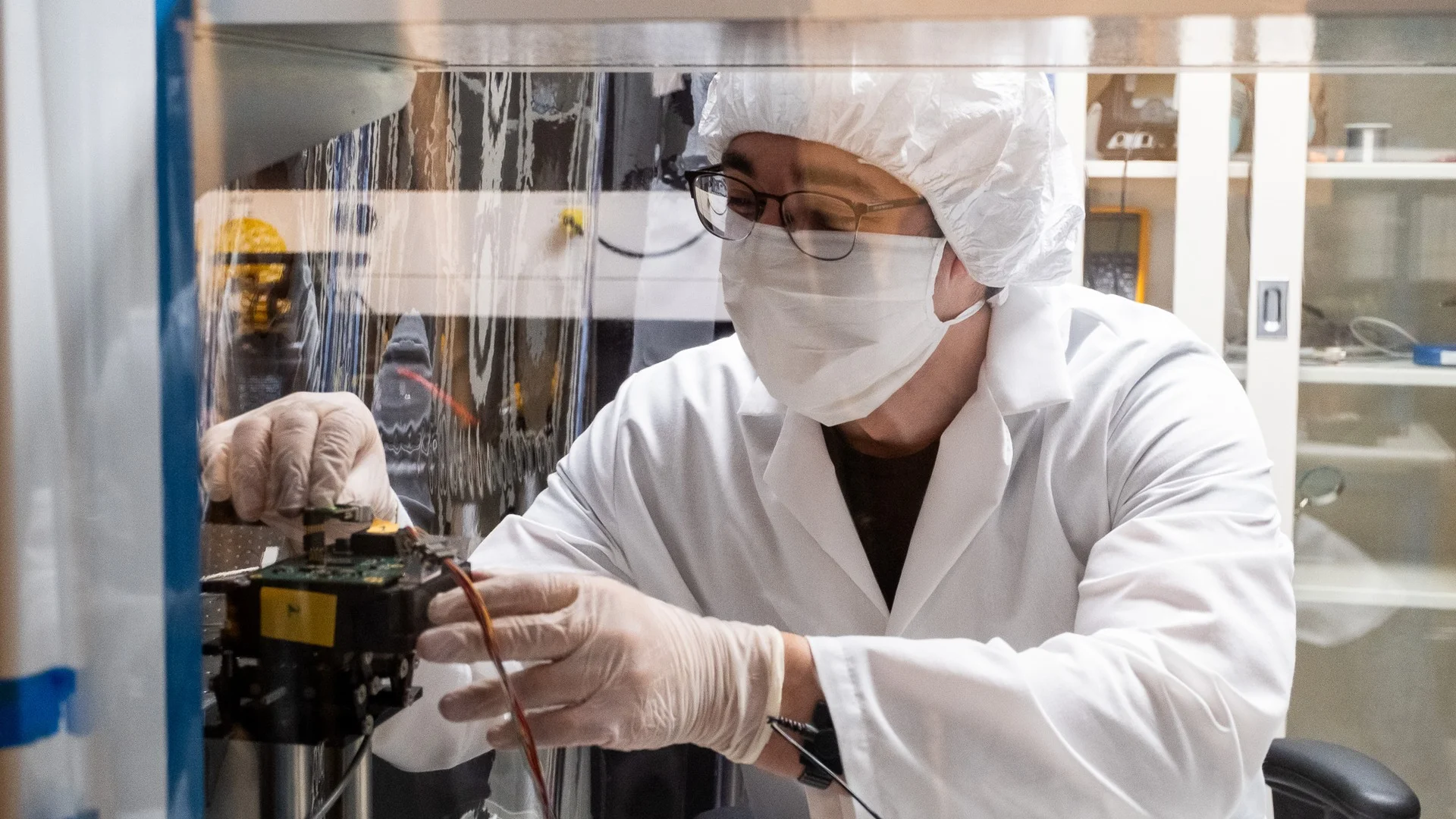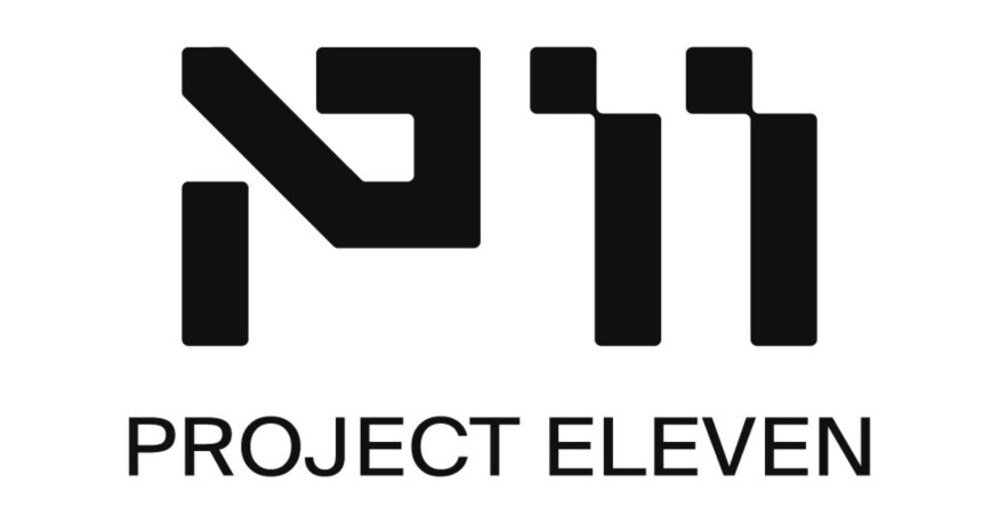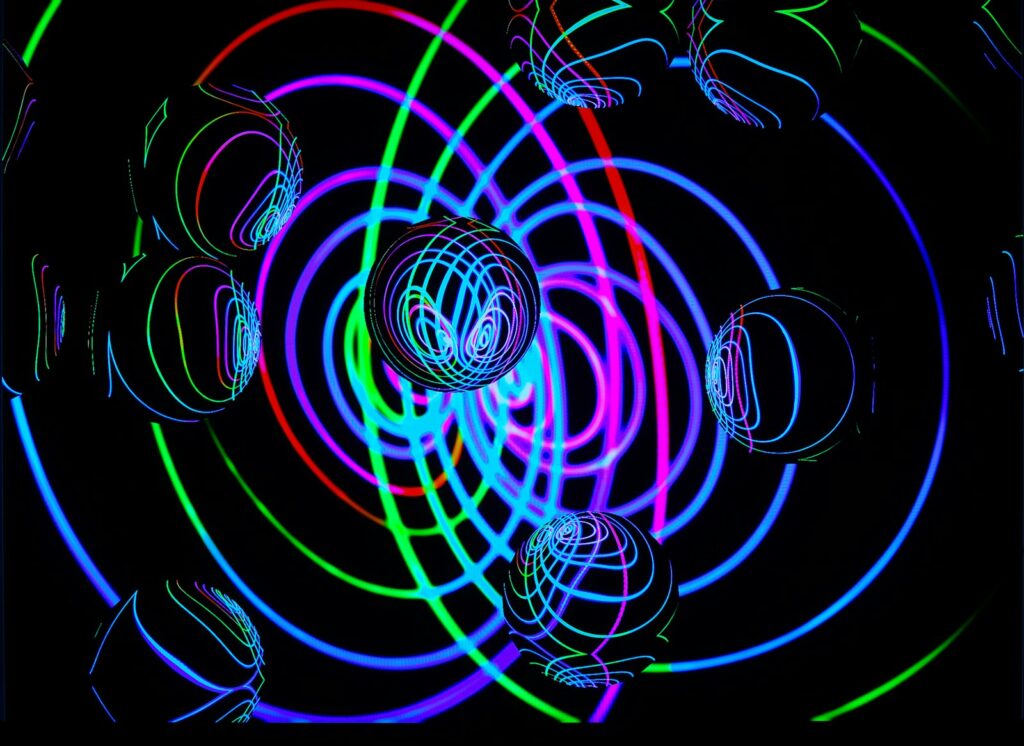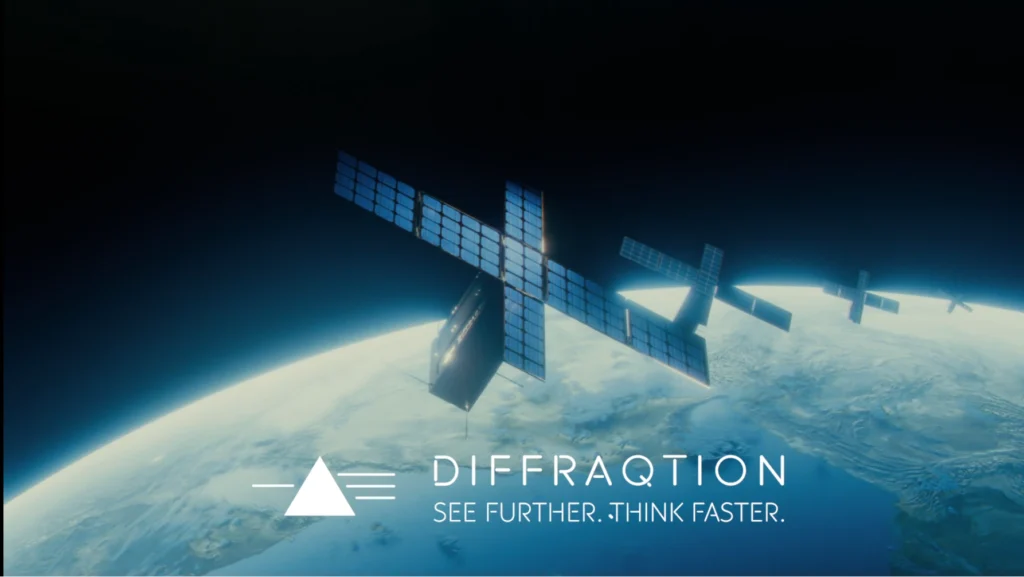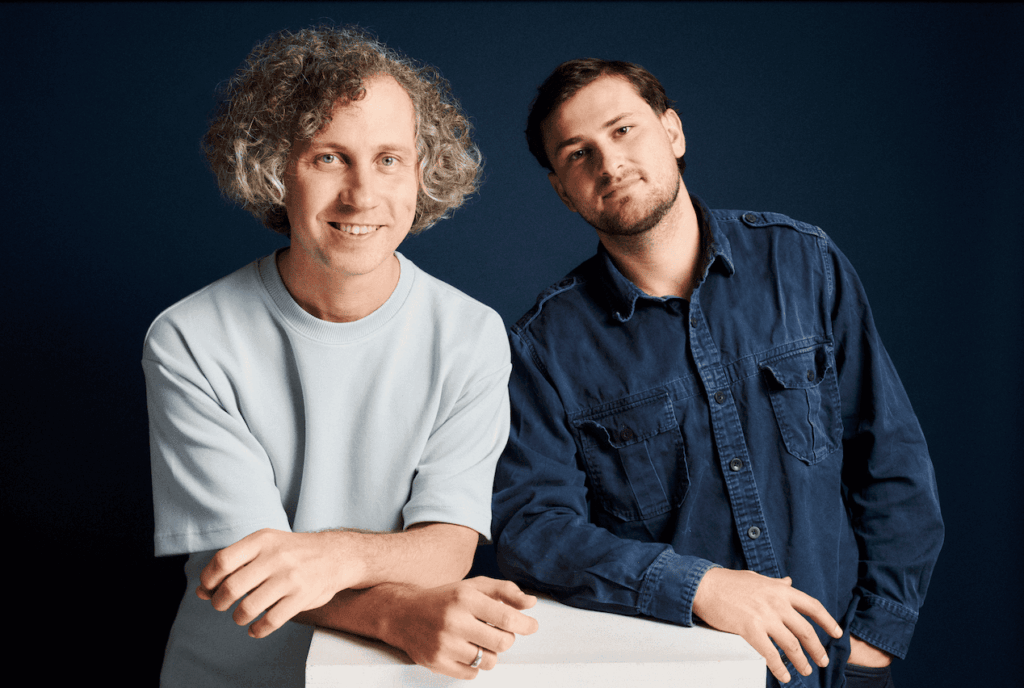Insider Brief
- UWaterloo researchers say their quantum source is finished and ready to be incorporated into the Quantum Encryption and Science Satellite (QEYSSat).
- The quantum source is the result of a joint collaboration between Canada and the United Kingdom.
- QEYSSat will test a communication method known as quantum key distribution.
- Image/Story UWaterloo IQC
PRESS RELEASE — After multiple years of prototyping, testing, and simulating the conditions of outer space in labs at the Institute for Quantum Computing (IQC), Dr. Thomas Jennewein and members of his research group are celebrating their next big milestone — their quantum source is finished and ready to be incorporated into the Quantum Encryption and Science Satellite (QEYSSat). The quantum source, called by the project’s full name, Reference-Frame Independent Quantum Communication for Satellite-Based Networks (ReFQ), is the result of a joint collaboration between Canada and the United Kingdom.
Currently scheduled for launch next year, QEYSSat will carry this small quantum source into space where it will send polarization-encoded photons between itself and ground stations on Earth. ReFQ is a small black box, built to withstand the vibrations of launch and the conditions of space. It has undergone rigorous in-lab testing and is now ready to be shipped to the researchers’ collaborator, Honeywell Aerospace, who is responsible for integrating this source into the main satellite.
“The ReFQ module was developed in an international partnership of researchers in Canada at UWaterloo’s IQC and Honeywell, and in UK at CraftProspect, U Strathclyde and U Bristol,” says Jennewein, an IQC faculty member and professor in the Department of Physics and Astronomy. “This quantum source is now sent to Honeywell for integration into the Canadian Space Agency mission QEYSSat, and will serve as a proof of concept for a future global communications network secured by the laws of quantum physics.”

QEYSSat will test a communication method known as quantum key distribution, a form of cryptography that shares secret keys using principles of quantum mechanics to ensure these keys remain secure. Among quantum satellites and QKD experiments, theirs is unique and will be Canada’s first quantum satellite. The quantum source will run a reference frame independent quantum communication protocol, which only requires the parties to agree on a single photon polarization basis to be able to extract a quantum key.
“It’s really exciting to see the culmination of this three-year project,” says Dr. Paul Godin, Senior Technologist: Satellite Quantum Communications at IQC. “We went through a breadboard model, engineering model, and finally we have this flight model. Our end-to-end demo has shown that it is working and behaving well. It is a very promising position, the culmination of years of hard work.”
With the restrictions of spaceflight size and weight, ReFQ was initially an engineering puzzle, requiring the researchers to fit all the necessary components into a device smaller than 10 x 10 x 4.8 cm cubed, and under 600 grams.
ReFQ has now undergone thorough testing to simulate the conditions it will experience on the satellite. This testing has proved that ReFQ generates quantum keys at the desired rates, even under conditions that are more extreme than those it will experience in outer space.
“We’ve done our best to simulate the conditions of a satellite pass as best we can, and so far, we’ve seen some very nice preliminary results,” says Justin Schrier, a PhD student at IQC and the Department of Physics and Astronomy. “It’s exciting to see things finally working all together.”
Now that the quantum source has been shipped to Honeywell, the researchers will be turning their attention to finalizing the ground stations both at IQC and at the University of Calgary. Once the satellite has launched, these ground stations need to be ready to communicate with QEYSSat from the comfort of planet Earth.

